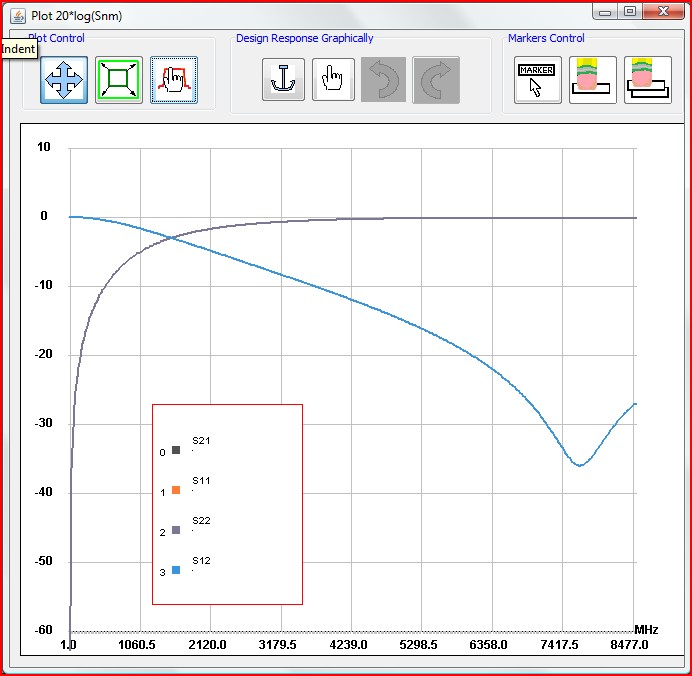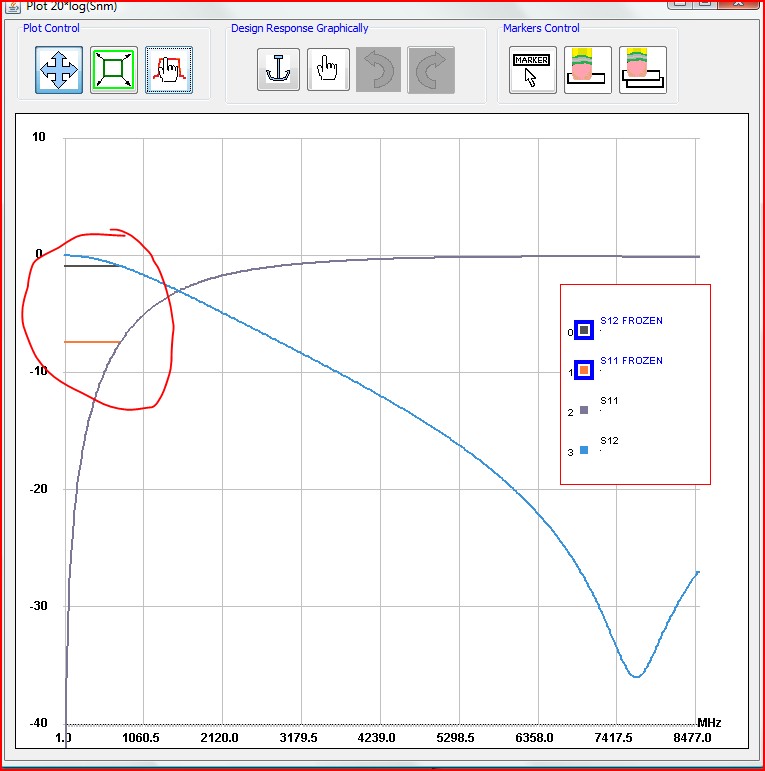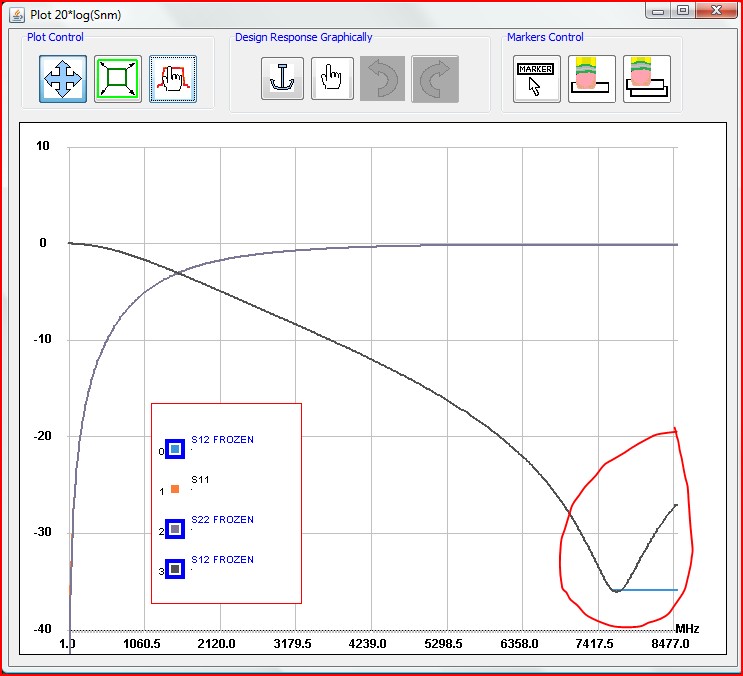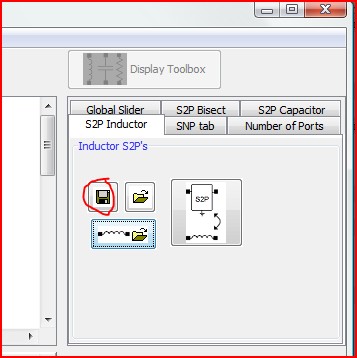The polynomial algorithm finds a unique polynomial for each the S11, S22, S21, S12 which can be used to extrapolate the information at frequencies beyond those described in the S-parameter file.
Polynomial interpolation is the preferred method of interpolation since once the polynomials have been fit the changing of frequencies in the future will be almost instantaneous. Also its the most useful when the data describing the operation does cover the frequency you wish to simulate.
Linear interpolation will interpolate data if it has data points on or near the frequency that it is to be interpolated to. If data is missing the this method will pad the unknown information with the prior to or post frequencies information that exists. If there is no overlap in frequencies then the it defaults to a polynomial fit to avoid the absence of information.
To illustrate the difference between the two methods. This is plot of the unmodified S-parameters representing an inductor.
Next, starting with the same file two copies are edited, one is modified to remove the lower 1GHz of data. Now Compare Linear to Polynomial fitting the linear fitting propagates the data at the file end points to the unrepresented frequencies.
Highlighted its clear which type of interpolation that each of the S12 and S11 pertain to.
Next the other copy of the s2p file is modified so that the highest 1GHz region of data is removed.
Compare Linear to polynomial fitting of that same file where the missing information is extrapolated based real physical world constraints.
Polynomial fitting is initially lengthy, while Linear interpolation is initially quicker, the benefits out way the initial penalty in time.
After Save the library so the lengthy fitting won't need to be repeated.




